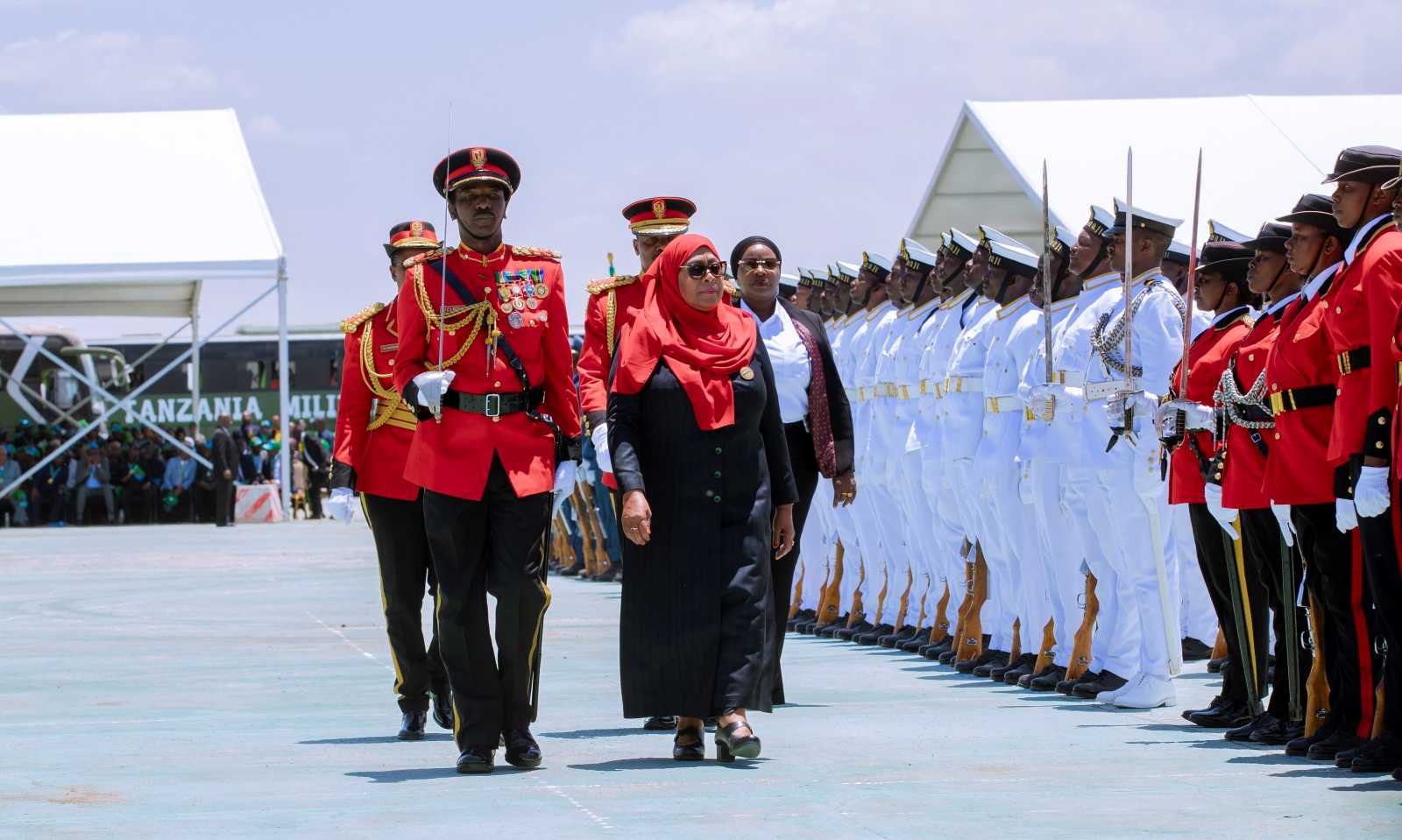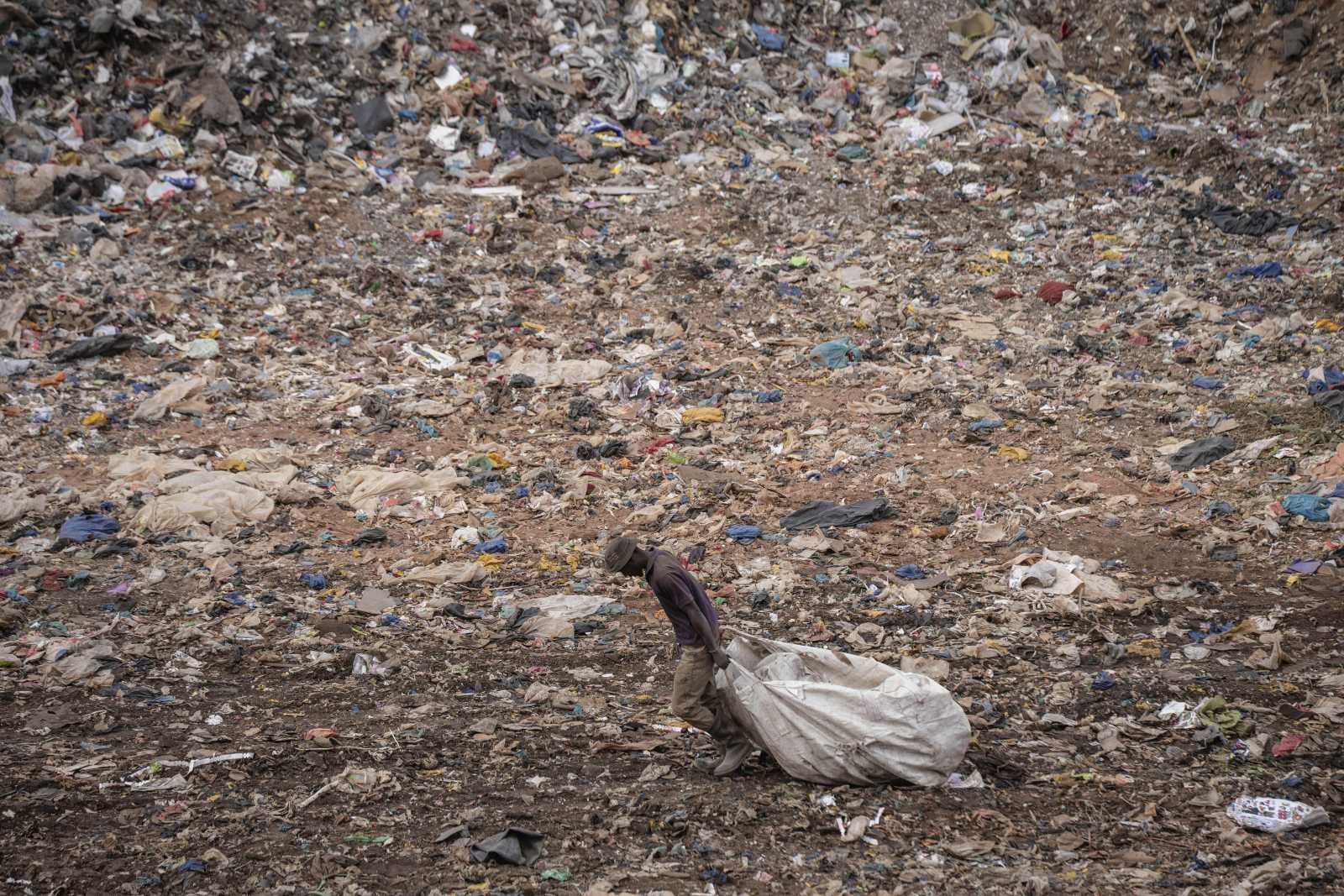Society-wide traumas
Inappropriate export?
By David Moore
South Africa’s traditions held enough “liberal” influence to make the TRC appear to work. Moreover, the commission rested under the halos of iconic and forgiving leaders such as Desmond Tutu and Nelson Mandela, who had mostly escaped actual warfare. In the end, most of the repenting architects and minions of racist segregation escaped with their lives and reputations more or less unchanged. Likewise the African National Congress got away without revealing all that much about the negative side of its armed struggle.
The South African TRC was meant to investigate human rights abuses and decide on compensations, rehabilitation and amnesties. It marked a break with the past and, at least in a ceremonial sense, dealt with the horrors of apartheid as well as insurgency. However, many South Africans never felt it really did justice to the victims; nor did it succeed in bringing about deeply-felt reconciliation. But in 1995, even the loudest critics were but whispers in the winds of conciliatory change.
To judge by the Marikana disaster in August 2012, however, the TRC did not manage to change state agencies’ idea of how to relate to the people. In Marikana, the police clashed with striking miners and killed 34 of them. It seems that the old notion of “protecting the state” – or even the mines – is still the security force’s top priority. Nonetheless, the TRC is considered an international model. Recently, South African scholar-activists have participated in at least two exploratory meetings with United Nations officials in Libya, to consider the possibilities of a TRC in that country. One can similarly imagine new TRCs in Tunisia, Egypt, Yemen and in the foreseeable future Syria. Perhaps even Israel and Palestine could one day have TRCs.
If new TRCs are established, they will certainly all be quite different, depending on the specific context of the respective countries. The most important thing will be to what extent the various parties involved are serious about truth and reconciliation. Mahmood Mamdani has correctly pointed out that South Africa’s TRC was the “fruit of a political compromise whose terms both made possible the Commission and set the limits within which it would work”. It mattered that the political imperative was not to do justice, but to press ahead with the transition to majority rule.
One must bear in mind, moreover, that South Africa was an exceptional case, because the previous regime’s nature had been essentially colonial and race-bound. Things are harder to tackle in post-colonial Africa. And indeed, TRCs in other parts of the continent have been quite disappointing. There is a trend of past crimes being “swept under the carpet” by TRCs, according to Piers Pigou, formerly an investigator for the TRC in South Africa and now with the non-governmental organisation International Crisis Group.
Nonetheless, Pigou considers the shift towards employing TRCs in Africa “a positive development in terms of injecting some level of accountability for past abuse”. He acknowledges that this “does not extend to criminal accountability”, but points out that TRCs serve a function as safety valves: “The fight is on to fashion their relevance.”
Irrelevance, unfortunately, seems to be typical. For instance, Mads Brügger’s documentary film “The Ambassador” reveals that the 2009 report of Liberia’s Truth and Reconciliation Commission initially recommended that both the minister of foreign relations and Liberia’s president, Ellen Sirleaf Johnson, be barred from public office due to their involvement in crimes against humanity. In the same film, a Liberian says that this condemnation should not matter: “The truth commission was irrelevant because it was too ambitious. Let’s just get on with life as it is.”
Sirleaf Johnson’s argument to the TRC was that she helped Charles Taylor’s rebels with “food, supplies and financial assistance” when Taylor was challenging Samuel Doe’s brutal dictatorship. In other words, she thought Taylor’s war was just at the time. The final version of the TRC report retracted the recommendations to ban her and her minister. The question remains: what was at work – power or morality? It is disturbing, moreover, that the issue received little public attention.
Lots of time and millions of dollars have been invested in TRCs in Liberia and other African countries. The least satisfactory examples were Democratic Republic of the Congo and Nigeria, but similar exercises in Uganda, Chad, Sierra Leone, Ghana and Kenya were also unconvincing.
The most successful approach to grappling with society-wide trauma may have been Rwanda’s Gacaca courts. They dealt with the genocide of 1994 (please note contribution on page 383). The Gacacas were a uniquely workable compromise for this particular country, and they helped people to somewhat come to terms with their recent past. However, the “trials” did not address Rwanda’s involvement in the turmoil in the Democratic Rebulic of the Congo at all (please note contributions on the DRC on pages 380 and 382).
Zimbabwean suffering
Currently, Zimbabweans are interested in the TRC approach. A clause in the recent draft proposal for a new constitution – upon which the citizens of Zimbabwe are supposed to vote in a referendum before the next full election, supposed to be held sometime in mid-2013 – promises a Peace and Reconciliation Commission. However, the dominant party ZANU-PF of President Robert Mugabe does not support this and other clauses.
The country is currently run by an awkward coalition of the authoritarian Mugabe, who has been ruling since taking power from Ian Smith’s white supremacists’ regime in1980, and his opponent Morgan Tsvangirai (see comment in D+C/E+Z 2012/09, p. 350). The coalition was brokered by the regional organisation Southern African Development Community (SADC) after dreadful election-related violence that had forced Tsvangirai to drop out of the presidential race in 2008. His party had earlier won the parliamentary elections.
The opposition of Mugabe’s party to the Peace and Reconciliation Commission indicates the fear of a regime that has transgressed the boundaries of political decency in the past and continues to do so. The party has a long history it would not like to expose. Shameful aspects include its split in the early sixties with Zimbabwe’s founding nationalist party, the Zimbabwe African People’s Union, the 1975 assassination of Herbert Chitepo, its chairman, and how in 1977 Mugabe dealt with the “young turks” he thought were challenging his rise to leadership.
Soon after gaining majority rule, in the 1980s, up to 20,000 people were killed in Zimbabwe’s Matabeleland and the Midlands. The term “Gukurahundi” – “the wind that drives out the chaff” – stands for Mugabe violently suppressing the followers of Joshua Nkomo, Zimbabwe’s other independence leader, whose party ZAPU competed with Mugabe’s ZANU. After the bloodshed, Mugabe merged the two parties into ZANU-PF under his authoritarian leadership.
Zimbabwe’s past and present are messier than South Africa’s, so it is unlikely a TRC will emerge any time soon. Experience suggests, however, that such an institution would probably not be very effective.







